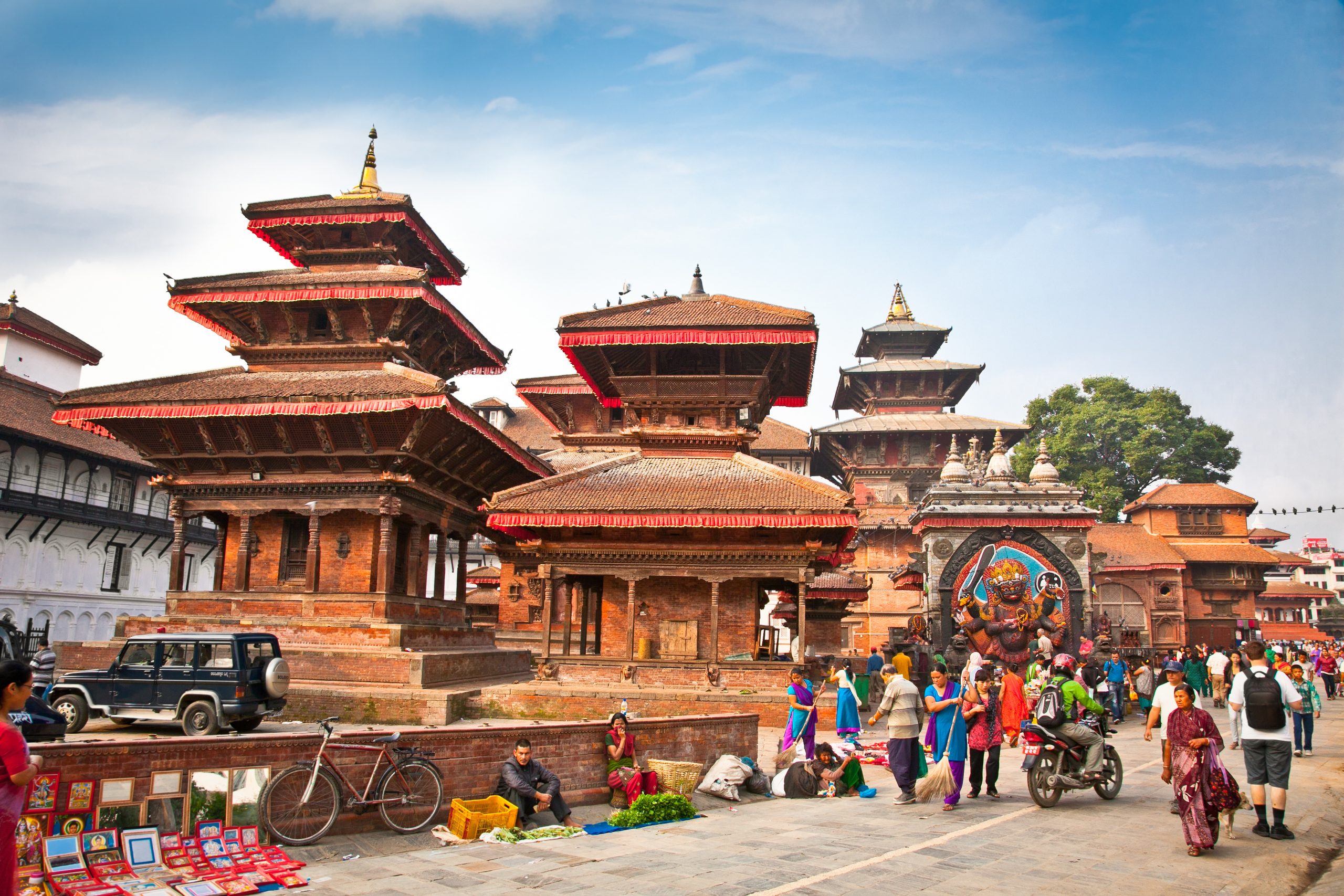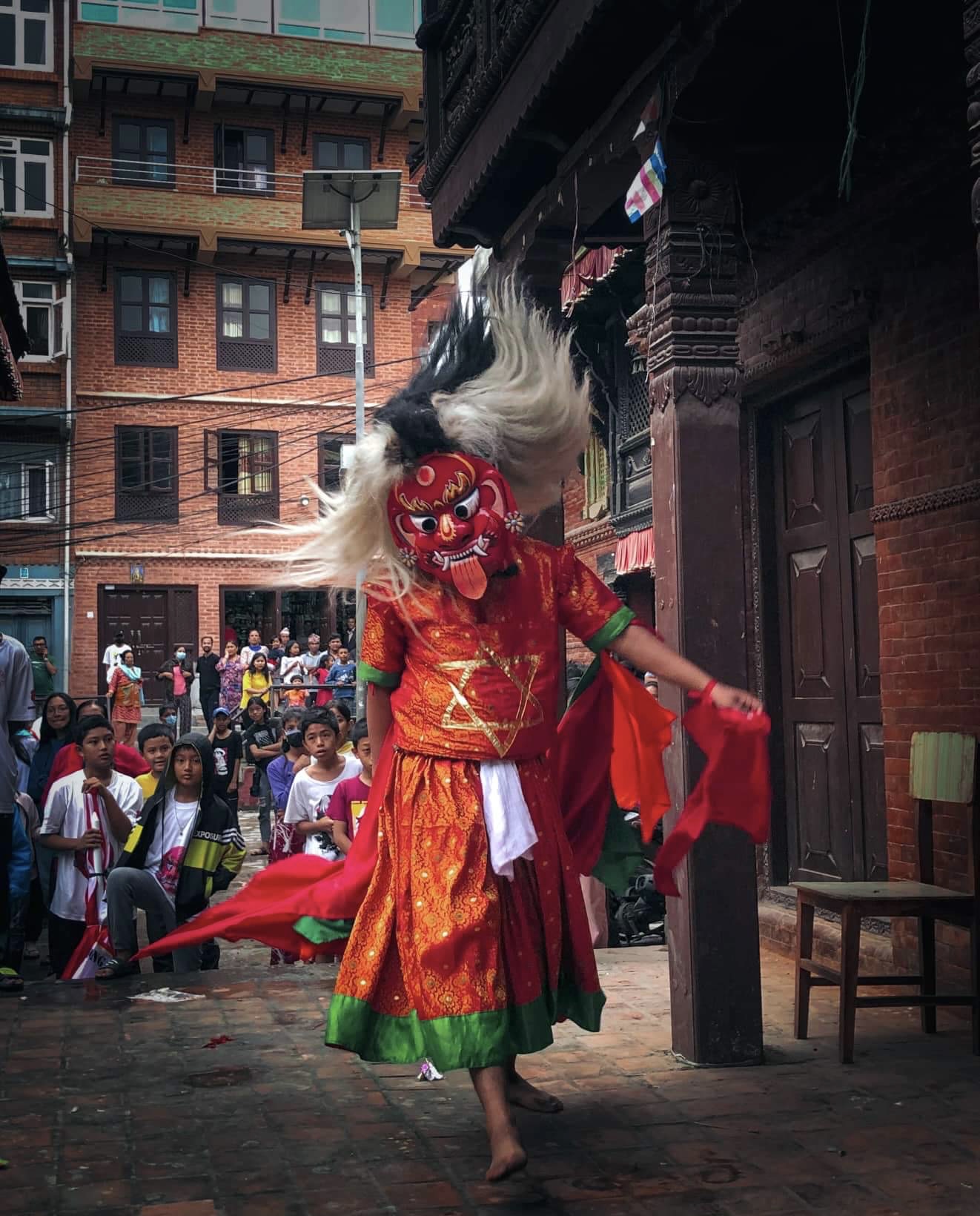Good to Know
- LOCATION
- Kathmandu, Nepal
- DURATION
- 7 Days
- Difficulty Level
- Easy
- ARRIVAL ON
- Kathmandu Nepal
- DEPARTURE FROM
- Kathmandu Nepal
- TRIP TYPE
- treking
- MAX ALTITUDE
- 2120
- GROUP SIZE
- 1-10
- MEAL
- Breakfast - Lunch - Dinner
- ACCOMMODATION
- Hotel / Tea Houses
- TRANSPORTATION
- BY Bus / Private car
- TRIP CODE
- HHTE CVT
Kathmandu Valley Cultural Trek
The Kathmandu Valley Cultural Trek is a wonderful journey that combines cultural exploration with scenic hiking in the Kathmandu Valley. This trek offers a unique opportunity to immerse yourself in the rich cultural heritage of Nepal while trekking through picturesque landscapes, charming villages, and ancient UNESCO World Heritage Sites. From panoramic mountain views to traditional Newari architecture, this trek showcases the best of Nepal’s cultural and natural beauty.
The valley rim trek offers you to explore some of the best view points of near Kathmandu and the suggested trekking package also allow you to visit one of the best bird sanctuary of Nepal. The entire trekking trail follows Kakani to Ngarkot hill stations are belongs to Shivapuri wildlife Reserve Park so may you have chance to encounter many wildlife and rare wild flowers in nature. Nagarkot and Shivapuri hill tops are also renowned as magnificent panorama view point. Trekkers have chance to see many splendid mountain peaks- Ganesh Himal, Manaslu, Lantang Lirung, Dorje Lakpa, Shisa Pangma and Gauri Shankar.
It is a truly short and beautiful trekking region and those who have limited time can be visited without any risk of natural calamities along the journey. The trekking trail is ideal for every age group and those who are looking for short and normal elevation level hiking. Besides trekkers experience typical culture of local people and enjoy different authentic hospitalities. Hiking Himalayas always focus to design every package as much possible to meet better attractions of the region and our guests have pleasurable holiday in fun filled environment.
- UNESCO World Heritage Sites: The trek takes you through several UNESCO World Heritage Sites in the Kathmandu Valley, including Kathmandu Durbar Square, Patan Durbar Square, and Bhaktapur Durbar Square. These ancient royal squares are adorned with intricate architecture, temples, palaces, and fascinating historical artifacts.
- Scenic Hiking Trails: The trek offers scenic hiking trails that wind through lush forests, terraced fields, and traditional Nepalese villages. You’ll be treated to breathtaking views of the Kathmandu Valley, verdant landscapes, and distant Himalayan peaks.
- Cultural Immersion: The Kathmandu Valley Cultural Trek provides ample opportunities to immerse yourself in the local culture and traditions. Interact with friendly villagers, observe their daily lifestyles, and gain insights into the rich cultural heritage of Nepal.
- Traditional Newari Architecture: The trek passes through towns and villages renowned for their traditional Newari architecture. Explore the narrow alleys, courtyards, and temples adorned with intricate woodcarvings, statues, and pagoda-style rooftops.
- Panoramic Sunrise and Sunset Views: Enjoy awe-inspiring sunrise and sunset views over the Himalayan range from scenic viewpoints like Nagarkot and Dhulikhel. The golden hues painting the snow-capped peaks make for a truly magical experience.
- Buddhist Pilgrimage Site: Visit Namo Buddha, a significant Buddhist pilgrimage site, where you can explore sacred monasteries and stupas. Soak in the spiritual ambiance and witness Buddhist rituals and practices.
- Authentic Local Cuisine: Indulge in authentic Nepalese cuisine throughout the trek. From momos (dumplings) to dal bhat (lentil soup with rice), you’ll have the opportunity to savor a variety of traditional dishes.
- Stunning Photography Opportunities: The Kathmandu Valley Cultural Trek provides numerous picture-perfect moments. Capture the majestic Himalayan peaks, ancient temples, traditional architecture, and vibrant local life to create lasting memories.
- Friendly Local Guides: Engage with experienced and knowledgeable local guides who will share fascinating stories, cultural insights, and ensure your safety and comfort throughout the trek.
Itinerary
Upon your arrival in Kathmandu, you will be welcomed by our representative and transferred to your hotel. Take some time to rest and explore the vibrant streets of Kathmandu, savouring the local cuisine and immersing yourself in the city’s unique atmosphere.
Embark on a full-day city tour of Kathmandu’s cultural highlights. Visit Kathmandu Durbar Square, a historic square adorned with ancient temples and palaces. Explore Swayambhunath Stupa, also known as the Monkey Temple, offering panoramic views of the city. Pay a visit to the sacred Pashupatinath Temple, dedicated to Lord Shiva. Duration: Full day.
After breakfast, we drive to Sundarijal, which takes approximately one hour from Kathmandu. From Sundarijal, we begin our trek towards Chisapani. The trail takes us through lush forests, waterfalls, and traditional villages. Enjoy the stunning views of the Kathmandu Valley and the distant Himalayan peaks along the way. Duration: 5-6 hours.
Today, we trek from Chisapani to Nagarkot. The trail winds through beautiful countryside landscapes, terraced fields, and charming villages. Nagarkot is famous for its panoramic sunrise and sunset views over the Himalayas. Witness the breathtaking Himalayan vistas and enjoy the serene atmosphere. Duration: 6-7 hours.
As the sun rises, savor the mesmerizing views of the Himalayan range from Nagarkot. After breakfast, we trek to Dhulikhel, a scenic town renowned for its traditional Newari architecture. Experience encounters with the local culture and enjoy the panoramic mountain views along the trail. Duration: 5-6 hours.
Today, we trek from Dhulikhel to Namo Buddha, an important Buddhist pilgrimage site. Explore the sacred monasteries and stupas, and soak in the spiritual ambiance. Afterward, we drive back to Kathmandu, where you can relax and reflect on your trekking experiences. Duration: 3-4 hours of trekking, plus driving time.
Your Kathmandu Cultural Trek comes to an end. Take some time to explore Kathmandu further or engage in souvenir shopping before your departure. Our representative will transfer you to the airport for your onward journey.
Not satisfied with this regular itinerary? Make your own.
Inclusions
Service Includes:
- Airport transfers - pick up and drop upon arrival and departure
- Full board basis on the way of trekking- Breakfast, Lunch and Dinner -3 meals per day and overnight accommodation at tea house lodge. Or Camping organize.
- Transportation- to and from starting and ending point.
- Necessary trekking permit, conservation and TIMS fee.
- Supporting staffs (trekking guide and porter), as well as their necessary insurance, and accommodation meals allowance and salary.
- 3- Nights accommodation in Kathmandu in BB basis before and after the trek.
- Sightseeing Tour as per above program, inclusive of all entry permits, tour guide and transportation.
- Wildness First aid kit pack for the trekking.
Service Excludes:
- Hotel in Kathmandu extra days stay.
- Food (Lunch & Dinner) before and after the trip in Kathmandu.
- Personal expenses such as laundry, telephone calls, alcoholic beverages, bottled drinks (including cold drinks and mineral/hot water/ hot drinks/shower tea-coffee, chocolate hot drinks), tips for the guide, porter & other staffs etc.
- Travel insurance and emergency evacuation cost.
- Additional costs- extra days stay, incase of flight cancellation due to the natural calamities, bad weather forecast and other unforeseen circumstances
- Personal trekking gear for the trek.
Please note that the duration and altitude provided are approximate and can vary based on individual fitness levels, trail conditions, and weather. It’s essential to consult with a reputable trekking agency or guide for a more accurate assessment and to ensure your safety and enjoyment throughout the trek.
Gallery & Video
When preparing for the Kathmandu Valley Cultural Trek, it's important to have the right trekking equipment to ensure your comfort and safety. Here's a list of essential trekking equipment you should consider packing:
1. Trekking Shoes: A good pair of sturdy, comfortable trekking shoes with a good grip is crucial. Make sure they are broken in before the trek to avoid blisters.
2. Backpack: A durable backpack with a capacity of around 30-40 liters is recommended to carry your essentials during the trek.
3. Clothing: Layered clothing is essential to adapt to changing weather conditions. Include moisture-wicking base layers, lightweight trekking pants, long-sleeved shirts, fleece jackets, and a waterproof and windproof outer layer.
4. Headgear: Pack a sun hat or cap to protect yourself from the sun. A warm beanie or hat is also essential for chilly mornings or evenings. Don’t forget sunglasses with UV protection.
5. Gloves: Carry lightweight gloves for cooler temperatures or higher altitudes.
6. Socks: Bring several pairs of moisture-wicking and cushioned socks to keep your feet dry and comfortable during the trek.
7. Trekking Poles: Optional but highly recommended, trekking poles provide stability and reduce strain on your knees and joints.
8. Sleeping Bag: A lightweight, compact sleeping bag suitable for the temperatures of the trek is necessary.
9. Water Bottle: Carry a reusable water bottle or hydration bladder to stay hydrated throughout the trek. Consider using a water purification system or iodine tablets for safe drinking water.
10. First Aid Kit: Pack a basic first aid kit with essential medications, bandages, antiseptic cream, and any personal prescription medications.
11. Toiletries: Include items such as sunscreen, lip balm, wet wipes, hand sanitizer, toilet paper, and a small towel.
12. Headlamp/Flashlight: A headlamp or flashlight with extra batteries is essential for visibility during early morning starts or in case of power outages.
13. Trekking Poles: Optional but highly recommended, trekking poles provide stability and reduce strain on your knees and joints.
14. Snacks: Carry high-energy snacks such as trail mix, energy bars, or chocolates for quick bursts of energy during the trek.
15. Personal Items: Don’t forget essentials like a camera, extra batteries, power banks, a pocket knife, and any personal items you may need.
Remember to pack light and prioritize essential items. It’s also advisable to consult with your trekking agency or guide for a more detailed packing list specific to the Kathmandu Valley Cultural Trek and to ensure you are well-prepared for the adventure ahead.
The best time for the Kathmandu Valley Cultural Trek is during the spring (March to May) and autumn (September to November) seasons. These months offer pleasant weather, clear skies, and optimal trekking conditions. However, the trek can also be done during the winter and monsoon seasons with proper preparation and equipment.
The duration of the Kathmandu Valley Cultural Trek typically ranges from 5 to 7 days, depending on the specific itinerary and trekking pace. This includes the days spent in Kathmandu for sightseeing and acclimatization.
The Kathmandu Valley Cultural Trek is considered a relatively easy trek, suitable for trekkers of all experience levels. The hiking trails are well-defined, and the daily walking distances are moderate. However, a basic level of fitness and stamina is recommended for the trek.
No special permits are required for the Kathmandu Valley Cultural Trek. However, if you plan to visit any restricted areas or national parks during the trek, you may need to obtain the necessary permits. Your trekking agency or guide can assist you with the permit requirements.
Accommodation during the Kathmandu Valley Cultural Trek is typically in teahouses or guesthouses along the trail. These provide basic but comfortable rooms with twin-sharing beds, blankets, and shared bathroom facilities. In Kathmandu, you'll stay at a hotel with standard amenities.
Yes, the itinerary can be customized according to your preferences and time constraints. You can discuss your requirements with a reputable trekking agency or guide who will help tailor the itinerary to suit your needs.
It is recommended to pack essential trekking gear, including comfortable trekking shoes, layered clothing for varying temperatures, a daypack, a waterproof jacket, a hat, sunglasses, sunscreen, a water bottle, and personal toiletries. A comprehensive packing list will be provided by your trekking agency or guide.
The Kathmandu Valley Cultural Trek involves relatively low altitudes, and the chances of altitude sickness are minimal. However, it is essential to stay hydrated, maintain a gradual ascent, and be aware of any symptoms of altitude sickness. Acclimatization days and guidance from experienced trekking staff will ensure your safety.
Yes, it is highly recommended to hire a knowledgeable and experienced trekking guide for the Kathmandu Valley Cultural Trek. A guide will provide valuable insights, ensure your safety, handle logistics, and enhance your overall trekking experience.
There are no specific age restrictions for the Kathmandu Valley Cultural Trek. However, participants should have a reasonable level of fitness and be capable of walking for several hours each day. It is advised to consult with your trekking agency or guide to assess the suitability of the trek for children or elderly individuals.










